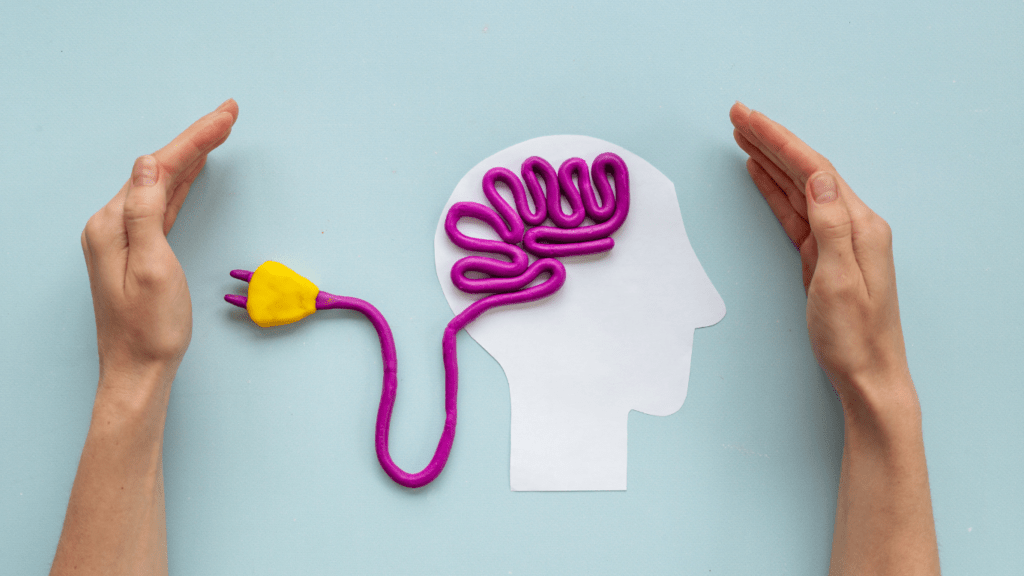Delving into the intricate web of addiction, I’ll explore the psychology behind problem gambling in this article. Unraveling the layers of how addiction develops, particularly in the realm of gambling, sheds light on the complexities individuals face. From the initial allure of a win to the gripping cycle of losses, the journey into problem gambling is multifaceted and deeply rooted in psychological processes.
As we navigate through the nuances of problem gambling, I’ll delve into the psychological factors that contribute to its development. Understanding the behavioral patterns, cognitive distortions, and emotional triggers at play offers insight into the progression of this addictive behavior. By peeling back the layers of the psychology of problem gambling, we can gain a deeper understanding of the mechanisms that drive individuals into its grasp.
Understanding Problem Gambling
Understanding problem gambling involves recognizing the intricate web of factors that contribute to its development. It’s essential to grasp the underlying psychological mechanisms that propel individuals from casual gambling to a compulsive and harmful habit. By dissecting the components that drive this behavior, we can gain valuable insights into the nature of problem gambling.
I’ll delve into the psychological intricacies surrounding problem gambling, shedding light on the various elements that play a pivotal role in its evolution. From initial curiosity to escalating risk-taking behaviors, understanding the progression of problem gambling is crucial in addressing this issue effectively. Let’s unravel the layers of psychological dynamics that underpin problem gambling and explore the journey individuals undergo as they navigate through its complexities.
Factors Contributing to Gambling Addiction
When examining the development of gambling addiction, various factors play a crucial role. Understanding these elements is essential in comprehending the complexities behind problem gambling.
Psychological Factors
Exploring the psychology of problem gambling reveals significant insights into the underlying causes. Psychological factors such as impulsivity, irrational beliefs about winning, and distorted thinking patterns contribute to the development and perpetuation of gambling addiction. Unraveling these psychological intricacies is key to addressing and managing problem gambling effectively.
Social and Environmental Factors
Beyond individual psychology, social and environmental factors also influence the onset of gambling addiction. Societal norms, peer pressure, access to gambling venues, and exposure to gambling advertisements all play a part in shaping one’s relationship with gambling. Recognizing the impact of social and environmental influences is vital in developing comprehensive strategies to prevent and address problem gambling.
Progression from Casual Gambling to Addiction
Exploring the shift from casual gambling to addiction, it’s crucial to dissect the gradual process individuals undergo as they spiral into the realm of compulsive behavior. Initially, individuals engage in gambling activities for leisure or the thrill of winning. However, as they experience intermittent wins and losses, a subtle transformation begins to take place.
Upon repeated exposure to gambling, individuals may start displaying heightened levels of excitement and anticipation during the activity. These initial positive experiences can reinforce the behavior, triggering the release of dopamine in the brain – a neurotransmitter associated with pleasure and reward. Subsequently, individuals may seek to replicate these pleasurable sensations by increasing the frequency and intensity of their gambling sessions.
As the allure of winning intensifies, individuals may find themselves allocating more time and resources to gambling activities. This escalation can lead to a shift in priorities, with individuals prioritizing gambling over other responsibilities or activities. The pursuit of the next big win becomes consuming, overshadowing rational decision-making processes and distorting perceptions of risk and reward.
Over time, this cycle of reinforcement and reward can pave the way for the development of compulsive gambling behavior. Individuals may find themselves trapped in a relentless quest for the euphoric highs associated with gambling wins, despite experiencing mounting losses and negative consequences. The compulsion to gamble may begin to override inhibitory control mechanisms, leading to a loss of control over one’s gambling behavior.
Moreover, the psychological components of addiction, such as cravings, withdrawal symptoms, and tolerance, can further solidify the grip of gambling addiction. Cravings for the excitement and thrill of gambling can become persistent, driving individuals to seek out opportunities to engage in the behavior even when faced with adverse outcomes. Withdrawal symptoms, such as irritability or restlessness when unable to gamble, can reinforce the need to continue gambling to alleviate these discomforts.
The progression from casual gambling to addiction is a complex interplay of psychological and behavioral factors that culminate in the compulsive need to gamble despite negative consequences. By unraveling the gradual stages of this progression, we can shine a light on the intricate mechanisms at play and foster a deeper understanding of the journey individuals undergo as they transition into the clutches of gambling addiction.
Neurological Aspects of Gambling Addiction
Exploring the neurological aspects of gambling addiction reveals the intricate brain mechanisms that underlie this compulsive behavior. In addiction, including gambling, the brain’s reward system plays a pivotal role. The neurotransmitter dopamine, often referred to as the “feel-good” chemical, is heavily involved in the reinforcement of addictive behaviors.
As individuals engage in gambling activities, the anticipation of winning triggers the release of dopamine in the brain. This surge of dopamine creates a pleasurable sensation, reinforcing the behavior and compelling individuals to seek more of the rewarding experience. Over time, this repeated exposure to dopamine can lead to neuroadaptations in the brain, altering the individual’s reward processing pathways.
Moreover, studies have shown that individuals with gambling addiction exhibit changes in brain regions associated with decision-making, impulse control, and emotional regulation. These alterations can contribute to the impulsive behavior and diminished control characteristic of addiction. Understanding these neurological changes is crucial in unraveling the complexities of gambling addiction and developing effective interventions to address its underlying mechanisms.
Behavioral Patterns in Problem Gambling
Exploring the behavioral patterns in problem gambling reveals a range of characteristics that manifest in individuals affected by this addiction. In problem gambling, behaviors go beyond mere actions and delve into the underlying psychological processes that drive individuals to engage in compulsive gambling. Here are some key behavioral patterns commonly observed in problem gambling:
- Increased Frequency of Gambling: Individuals experiencing problem gambling often exhibit a heightened frequency of engaging in gambling activities. This can result in spending excessive amounts of time and money on gambling, leading to negative consequences in various areas of their lives.
- Chasing Losses: One prevalent behavioral pattern is the tendency to chase losses, where individuals continue to gamble in an attempt to recover money lost in previous gambling sessions. This behavior can escalate the financial losses incurred and perpetuate the cycle of compulsive gambling.
- Emotional Instability: Problem gamblers may display emotional instability, characterized by mood swings, irritability, anxiety, or depression. The emotional highs and lows experienced during gambling sessions can exacerbate existing psychological issues and contribute to the maintenance of the addiction.
- Secrecy and Deception: Another common behavioral pattern is the practice of secrecy and deception regarding gambling activities. Problem gamblers may lie to loved ones or engage in secretive behavior to conceal the extent of their gambling habits, further isolating themselves from support systems.
- Neglect of Responsibilities: As problem gambling progresses, individuals may neglect their responsibilities in favor of gambling, prioritizing the thrill of the activity over important obligations such as work, family, or personal relationships. This neglect can compound the negative impact of the addiction on various aspects of their lives.
- Risk-Taking Behavior: Problem gamblers often exhibit increased risk-taking behavior both in gambling and other areas of life. This propensity for risk can lead to impulsive decision-making, financial instability, and a disregard for the consequences of their actions.
Understanding these behavioral patterns is essential in recognizing problem gambling and addressing the complex interplay of factors contributing to the development and maintenance of this addictive behavior. By identifying these patterns early on, interventions can be tailored to mitigate the harmful effects of problem gambling and support individuals in their journey towards recovery.




